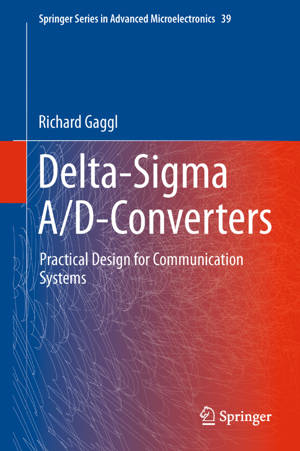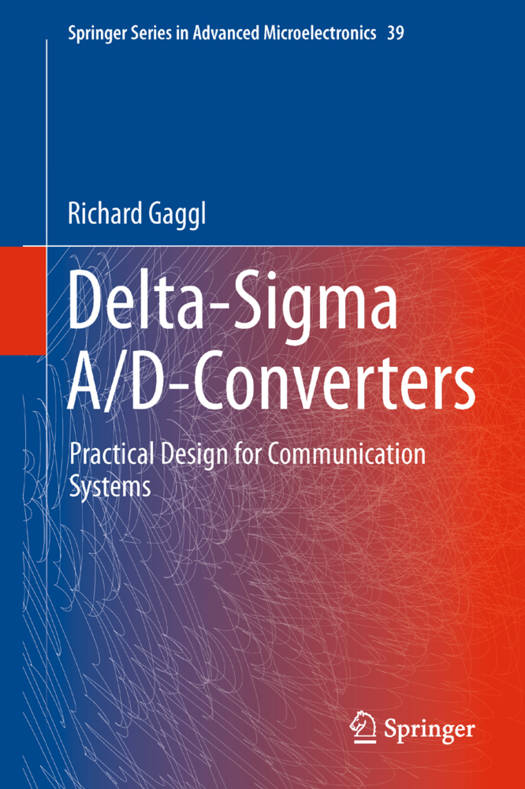
- Afhalen na 1 uur in een winkel met voorraad
- Gratis thuislevering in België vanaf € 30
- Ruim aanbod met 7 miljoen producten
- Afhalen na 1 uur in een winkel met voorraad
- Gratis thuislevering in België vanaf € 30
- Ruim aanbod met 7 miljoen producten
Zoeken
€ 139,95
+ 279 punten
Uitvoering
Omschrijving
The emphasis of this book is on practical design aspects for broadband A/D converters for communication systems. The embedded designs are employed for transceivers in the field of ADSL solutions and WLAN applications. An area- and power-efficient realization of a converter is mandatory to remain competitive in the market. The right choice for the converter topology and architecture needs to be done very carefully to result in a competitive FOM. The book begins with a brief overview of basic concepts about ADSL and WLAN to understand the ADC requirements. At architectural level, issues on different modulator topologies are discussed employing the provided technology node. The design issues are pointed out in detail for modern digital CMOS technologies, beginning with 180nm followed by 130nm and going down to 65nm feature size. Beside practical aspects, challenges to mixed-signal design level are addressed to optimize the converters in terms of consumed chip area, power consumption and design for high yield in volume production. Thus, careful considerations on circuit- and architectural- level are performed by introducing a dynamic-biasing technique, a feed-forward approach and a resolution in time instead of amplitude resolution.
Specificaties
Betrokkenen
- Auteur(s):
- Uitgeverij:
Inhoud
- Aantal bladzijden:
- 146
- Taal:
- Engels
- Reeks:
- Reeksnummer:
- nr. 39
Eigenschappen
- Productcode (EAN):
- 9783642345425
- Verschijningsdatum:
- 16/12/2012
- Uitvoering:
- Hardcover
- Afmetingen:
- 179 mm x 243 mm
- Gewicht:
- 398 g

Alleen bij Standaard Boekhandel
+ 279 punten op je klantenkaart van Standaard Boekhandel
Beoordelingen
We publiceren alleen reviews die voldoen aan de voorwaarden voor reviews. Bekijk onze voorwaarden voor reviews.








